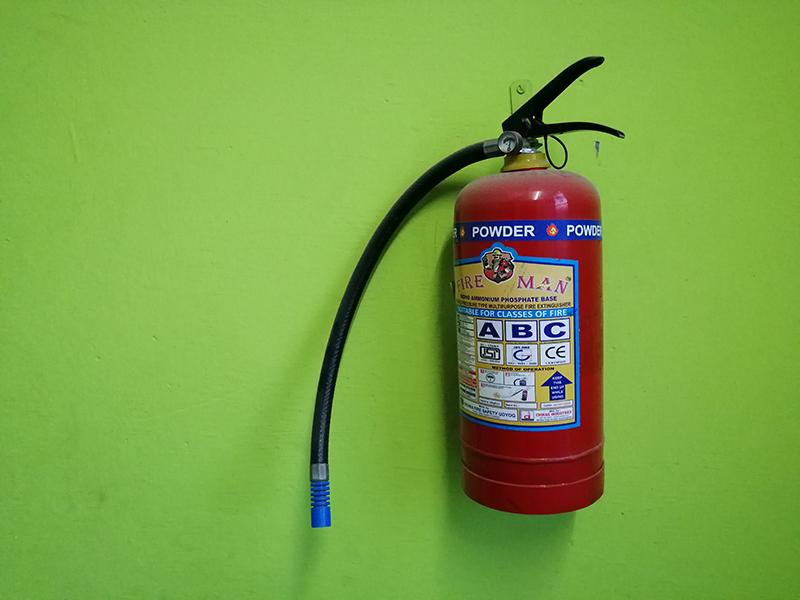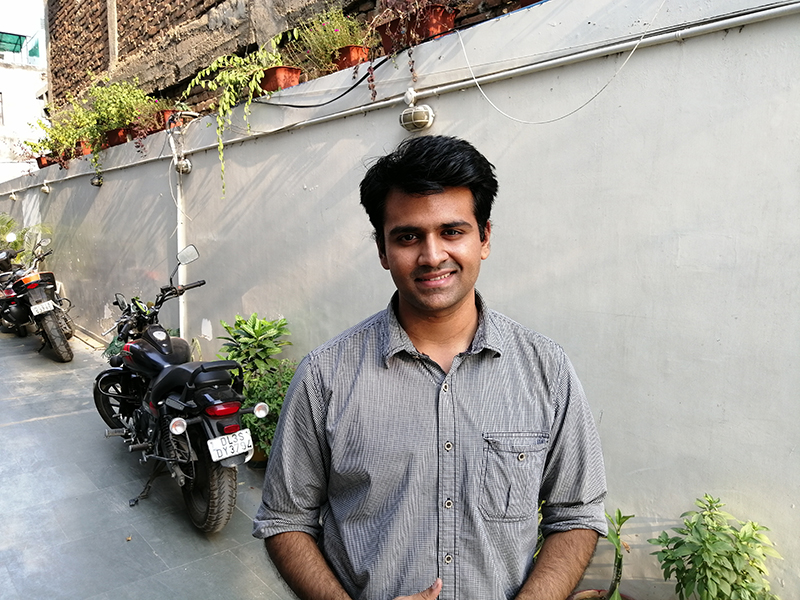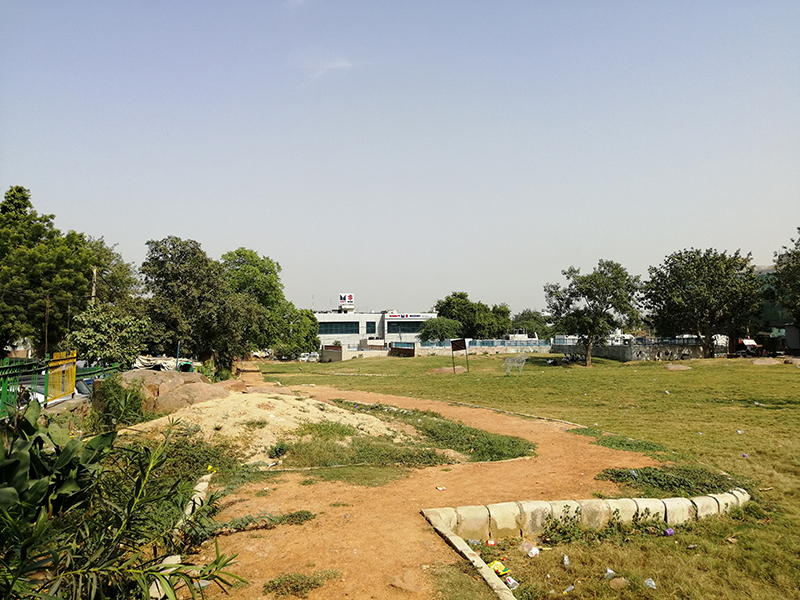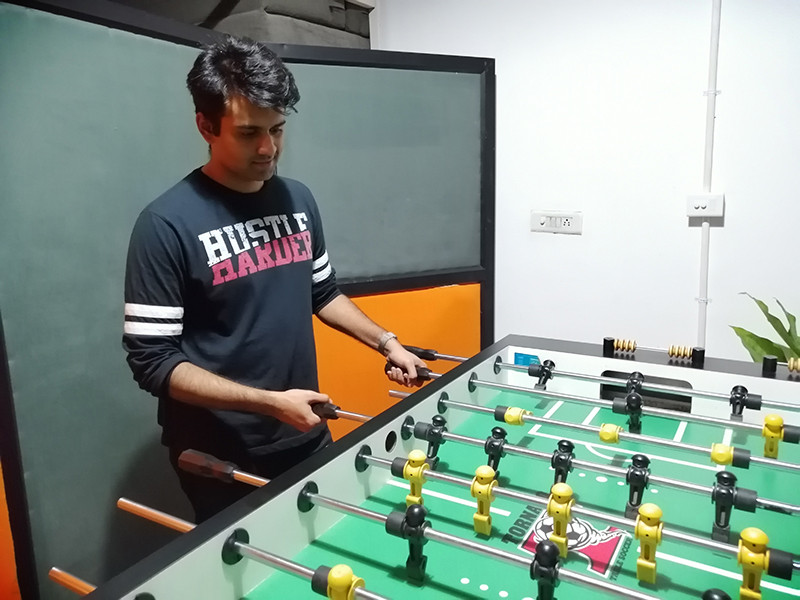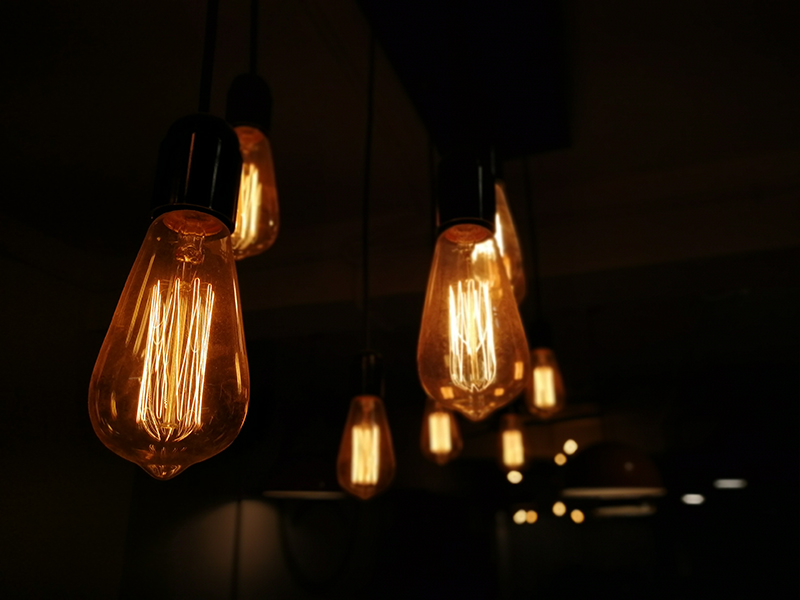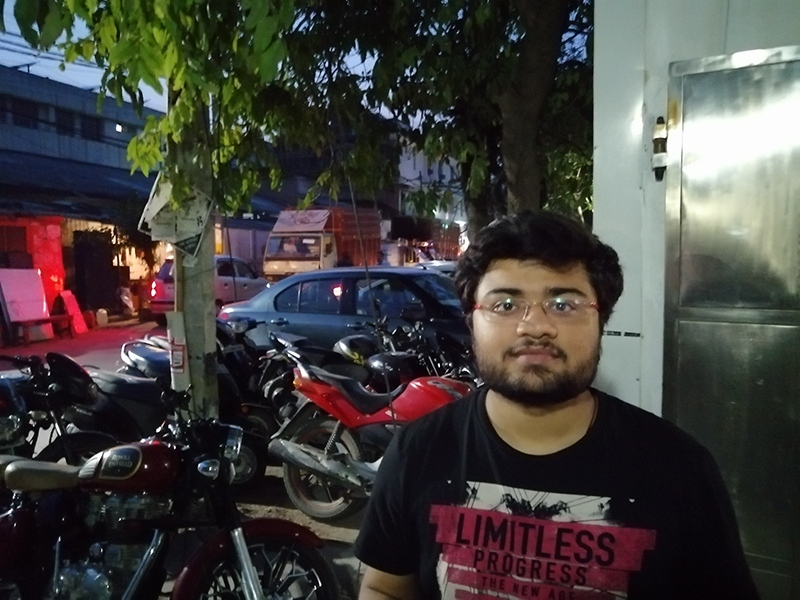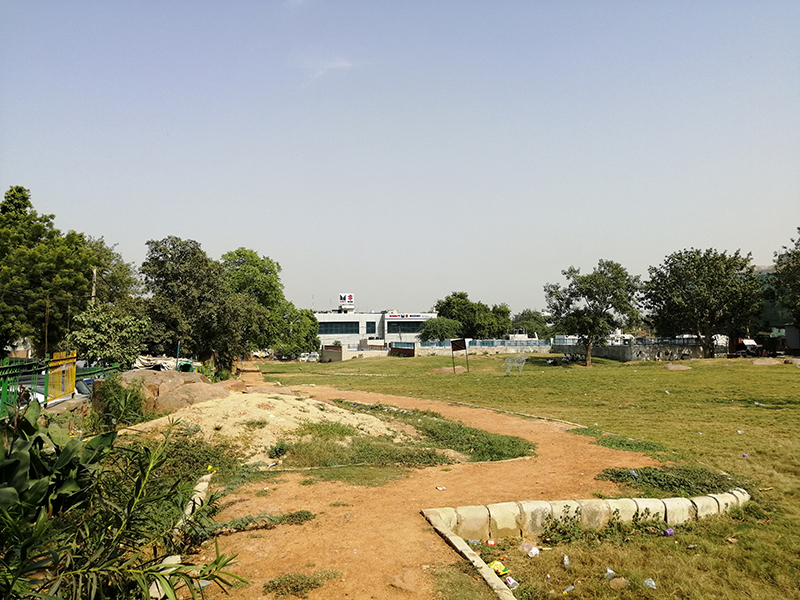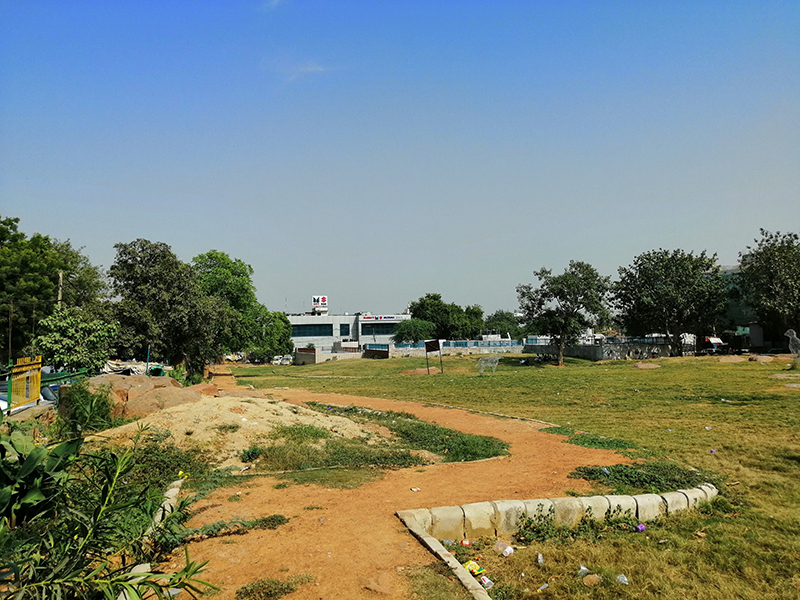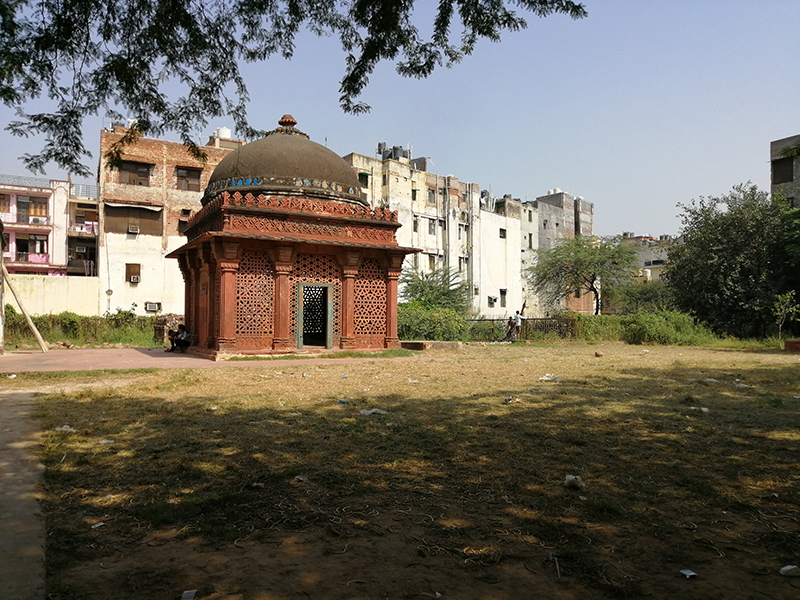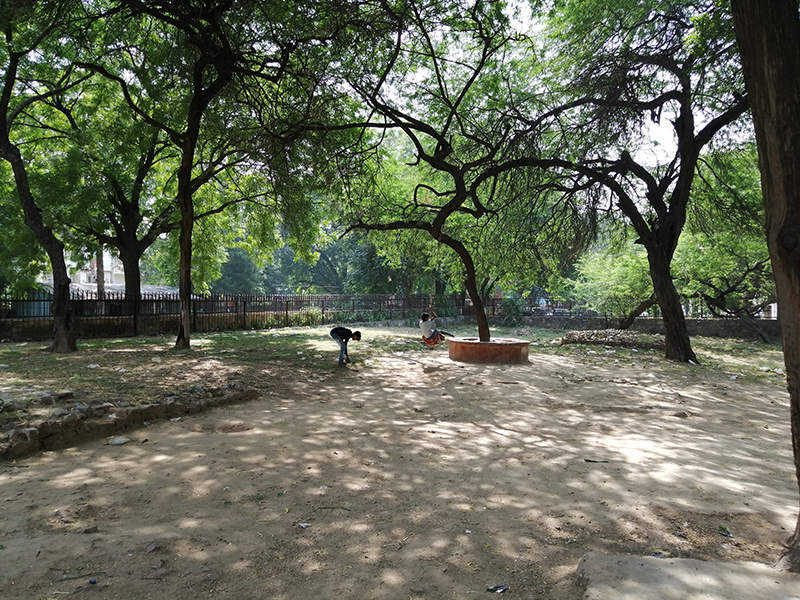Honor recently launched the new Honor 8X in India and at a starting price of just Rs. 14,999, the device is definitely a big deal. Unlike its competitors, the Honor 8X brings with it a very premium design, with glass on the front and back. The smartphone looks simply amazing thanks to its big, beautiful 6.5-inch FHD+ display and its surprising lack of bezels.
At this price range, the Honor 8X is probably the first smartphone to have achieved such minimal bezels, making it one of the best looking mid-ranger in the market today. However, looks aren’t exactly what most of you are looking for, so we’ve been running in-depth tests for every aspect of the new Honor 8X, to give you the ‘intel’ you need before deciding whether to buy it or not.
Here, we’ll be taking a look at the device’s cameras and see how the phone fares against its primary competitors:
Honor 8X Camera Review
Specifications
Before proceeding any further, let’s take a look at the Honor 8X’s camera specifications. The Honor 8X packs in a dual camera setup on the back, featuring a 20MP f/1.8 primary sensor and a 2MP depth sensor. Up front, the device features a 16MP f/2.0 selfie shooter, which is conveniently placed within the relatively small notch. On the software side of things, Honor has also included a bunch of different features in the camera app, including a very handy Pro Mode, along with two separate modes – Night Mode and Aperture Mode – that allow users to click better pictures quite easily.
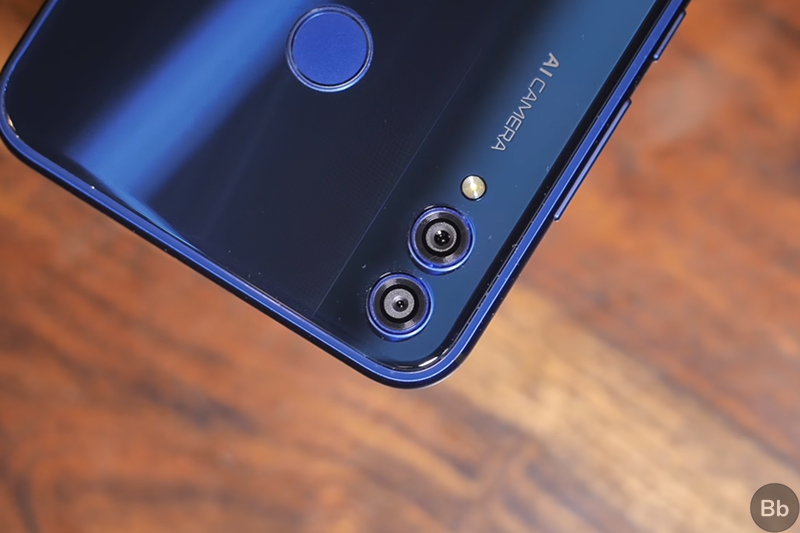
While the Night Mode allows users to manually adjust the ISO and shutter speed, to help them click better pictures in low light conditions, the Aperture Mode, as the name suggests, allows users to adjust the aperture. All other settings remain on auto, which means that users will be able to click arguably better images without being overwhelmed by all the settings available in the Pro Mode. The camera app also includes a Light Painting Mode which allows users to click some great light painting shots without worrying too much about the settings. Now let’s take a look at the actual camera performance:
Performance in Good Lighting Conditions
The Honor 8X’s primary dual camera setup works very well in good lighting conditions and delivers some pretty detailed images with the ‘AI assist’ turned off. Turning on the AI assist, however, limits the image size to 12MP, which means that even when the colors on the image look a little better, the images don’t have as much detail to them. Camera operation is also a bit sluggish as the phone takes a significant amount of time to focus on the subject, so clicking a quick snapshot by double tapping the volume down button (a neat camera shortcut), never results in a good image. Here are a couple of sample images we clicked using the Honor 8X in good lighting conditions:
Performance in Low Lighting Conditions
The Honor 8X tends to struggle in low lighting and has issues focusing on the subject at times. While the color reproduction is on point, the iffy focusing means that there’s a significant loss of detail and the images look at bit fuzzy, even at the sslightest movement. Turning on the AI assist while capturing low light shots results in images that look a bit too unrealistic, but they’re definitely more usable than the ones captured without AI assist. Unfortunately, there’s still some detail loss, even with the AI assist turned on. Here are a couple of low light shots captured by the Honor 8X:
Portrait Mode Performance
As with most mid-range devices, the 2MP secondary sensor on the Honor 8X is utilized only for depth perception and allows users to take some pretty average Portrait Mode shots. While the images have a decent amount of detail and good color accuracy, the edge detection is wonky and the device sometimes tends to blur out the subject. The background blur looks quite natural at times, but in some cases it’s just a bit too aggressive. Depending on your personal preference, you may or may not like the Portrait Mode images clicked by the device. Here are a few Portrait Shots we captured using the Honor 8X:
AI Assist Comparison
As mentioned earlier, the AI assist limits the image size to 12MP and therefore results in images that don’t have as much detail, when compared to images clicked with the AI assist turned off. Depending on the subject, the AI assist tweaks the color composition and the saturation of the images, which does make them look a bit more appealing but might not please some users.
The AI assist also does a fair hob of handling exposure, resulting in images that are less blown out and definitely more usable than images clicked without the AI assist turned on. Here are a couple of sample shots taken with and without the AI assist feature:
Video Performance
The Honor 8X falls a bit behind the competition when it comes to videos, as it can only capture videos up to 1080p in resolution. There’s no option for 4K video recording and, besides, it doesn’t feature any form of stabilization. Hence, even though the videos look pretty decent, capturing them free-handed results in very shaky and unusable footage. Just take a look this 1080p video sample shot using the Honor 8X:
Selfie Performance
The Honor 8X features a 16MP f/2.0 selfie shooter which is a decent performer and manages to take some pretty usable selfies. The images have a decent amount of detail, no unnatural smoothing and good color reproduction, in good lighting.
However, in low-light conditions, the Honor 8X faces the same issue. The phone again takes a fair amount of time to focus, sometimes refusing to focus at all, and results in images that lose out on details due to blur or shakiness.
Most mid-range devices these days come with a software-enabled Portrait Mode for the front facing camera and the Honor 8X is no different. The device also features a Portrait Mode feature on the front camera and its performance is quite average. The edge detection, much like the Portrait Mode on the rear camera, is a bit inconsistent and the background blur sometimes looks a bit too unnatural. Just take a look at some of the sample images we took with the front camera:
Also See: Honor 8X vs Redmi Note 5 Pro vs Mi A2 vs Realme 2 Pro Camera Showdown
Honor 8X Camera: Not Its Strongest Suit
That concludes our review of the Honor 8X’s camera performance. The phone’s camera is average at best and it is only able to capture good images in good lighting conditions. In all other aspects, the Honor 8X’s camera doesn’t perform all that well and I wish Honor put in some more effort into its image processing. In case you’re wondering what the Honor 8X’s cameras are capable of in comparison with a couple of popular mid-range devices, like the Mi A2, the Redmi Note 5 Pro and the Realme 2 Pro, then you should definitely check out our Honor 8X camera showdown.
Buy the Honor 8X from Amazon (starts at Rs. 14,999)








